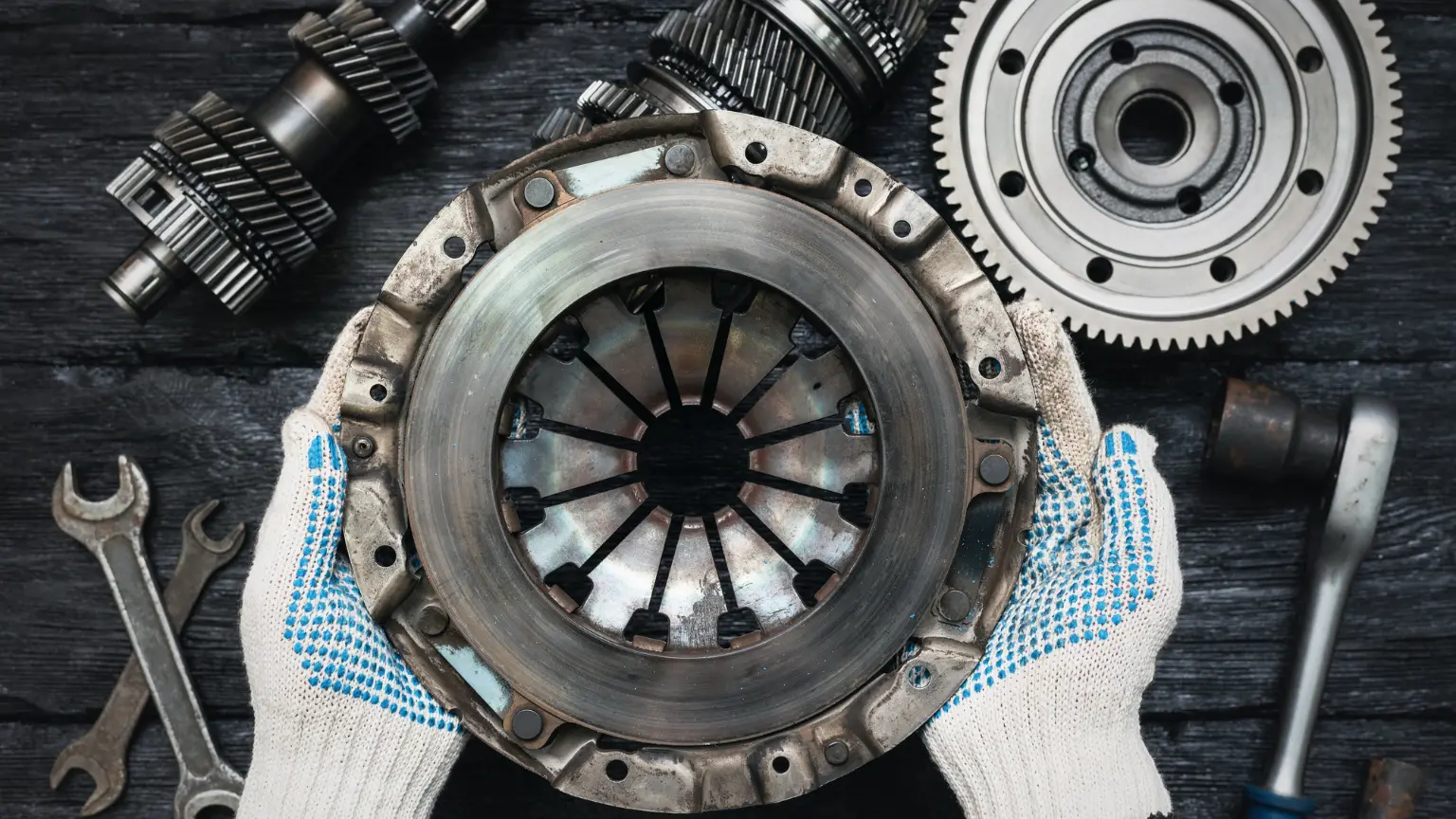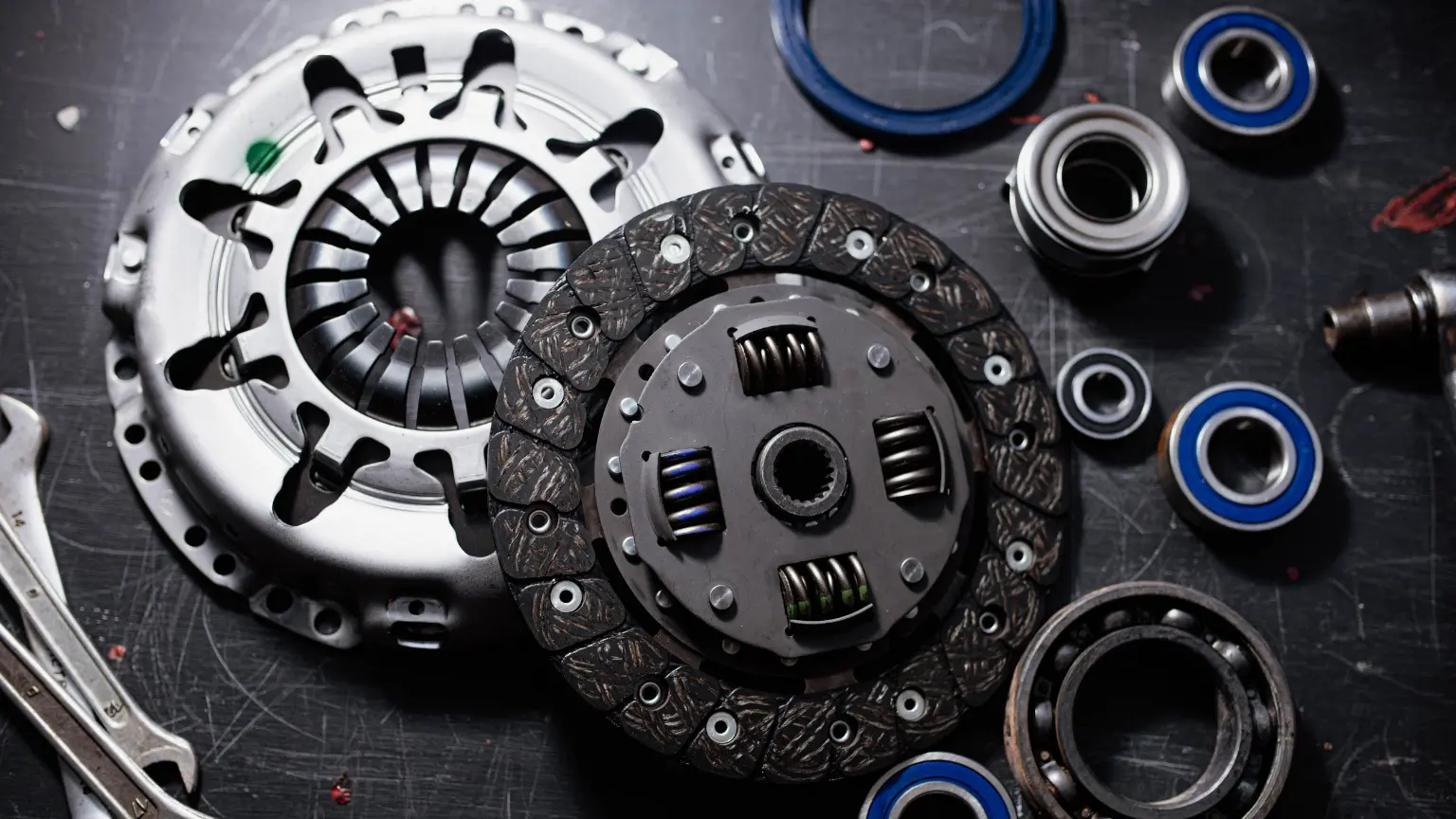Understanding the P–R–N–D–L Gear Selector Layout
Explore the P–R–N–D–L gear selector in automatic vehicles—Park, Reverse, Neutral, Drive, Low—to master efficient transmission use, vehicle control, and safety in diverse driving conditions.
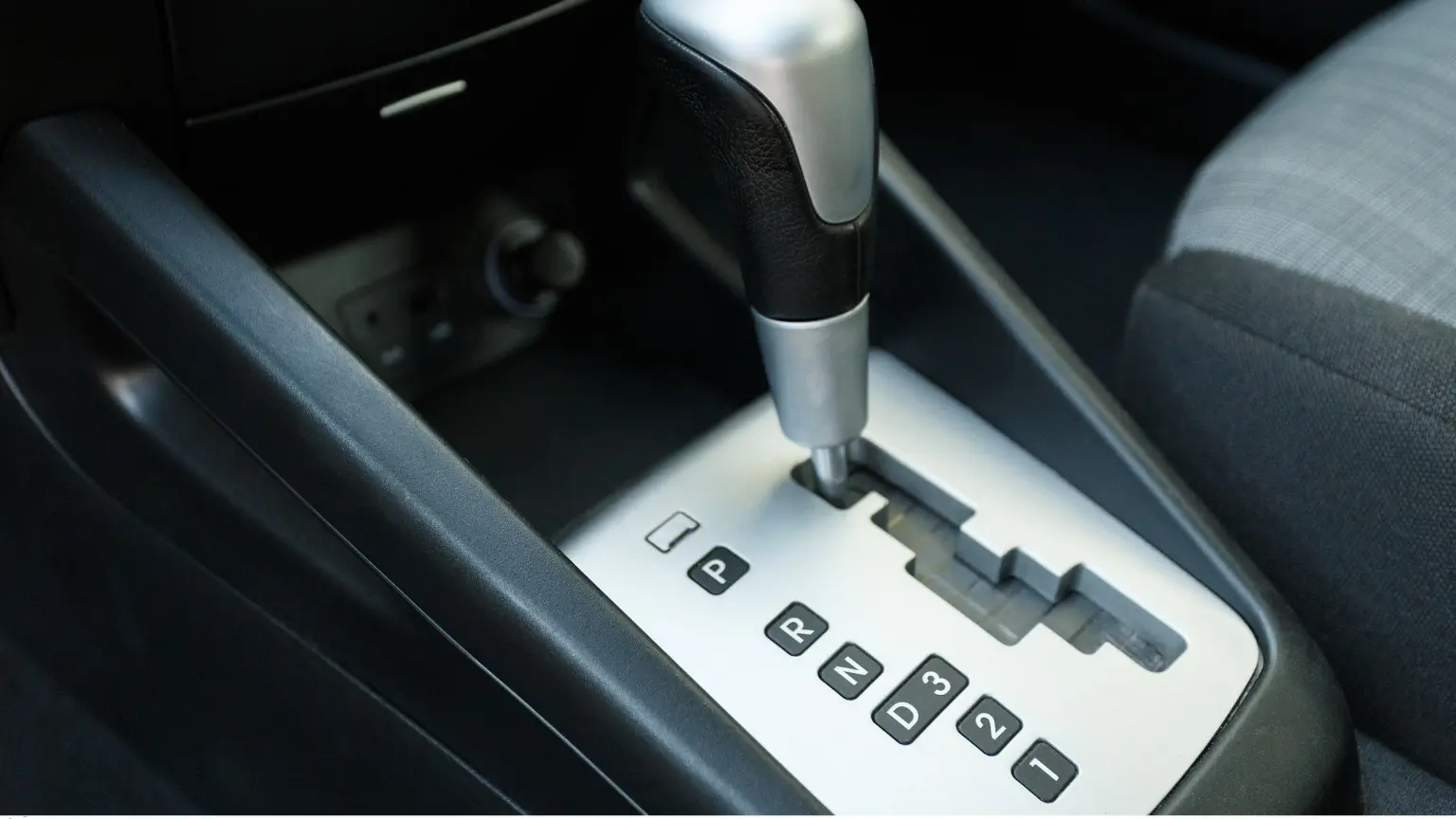
The P–R–N–D–L gear selector system is familiar in most automatic vehicles, guiding drivers through the essential gear positions during operation. This layout, commonly referred to as PRNDL stands for Park, Reverse, Neutral, Drive, and Low, each designated to optimize the car’s performance and safety under different circumstances. Understanding this is more than mastering basic driving; it’s about ensuring efficient vehicle control and enhancing road safety.
Breaking Down Each Gear Position: P, R, N, D, and L
Park (P)
This is the position in the gear selector for smooth shifting that mechanically locks the transmission, preventing the vehicle from moving. It should always be used when the driver has finished driving and is prepared to leave the car. Engaging the Park position activates a locking mechanism known as a parking pawl, which prevents the gears from turning. This is crucial for ensuring the vehicle remains stationary, particularly on inclines. Failure to set the vehicle in Park can lead to unintentional rolling and possible accidents or damage.
Reverse (R)
When selected, it changes the direction of the drive mechanism, allowing the car to move backward. To ensure safety and control, it’s important to only shift into Reverse from a complete stop to avoid strain on the automatic transmission gears. Drivers should use their mirrors and maintain a slow, steady speed when reversing to minimize the risk of collisions or backing into obstacles.
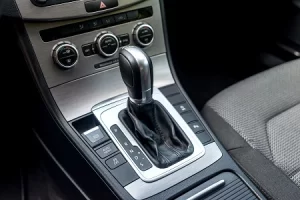
Neutral (N)
While in Neutral, the automatic gear shifting system is inactive, meaning no power is transmitted to the drivetrain. Drivers should be cautious not to use Neutral unnecessarily at stoplights or long pauses, as it offers no control over the car and can lead to accidental rolling if the brakes are not properly engaged.
Drive (D) and Low (L)
Drive (D) is the most commonly used position in an automatic selector operation. It allows the vehicle to move forward and accelerate through various gears, providing optimal speed and fuel efficiency. Low (L), however, limits the transmission to lower gears, providing more power but less speed, which is beneficial in scenarios like climbing hills or towing. Understanding when to use Low instead of Drive can enhance vehicle performance and reduce strain on the automatic gear shifter.
How the Automatic Gear Shifting System Works
The Mechanics Behind the Selector Gear in Cars
It functions as the core of the automatic gearbox specialist's design, facilitating the transition between gears based on the vehicle's speed and engine load. This system uses a complex arrangement of hydraulic fluids to manage pressure and control gear engagement smoothly. The torque converter within an automatic transmission allows the car to stop without stalling the engine, providing seamless gear shifts without needing a clutch pedal. Automation ensures that the transmission can adjust quickly to changing driving conditions, optimizing performance and efficiency.
Automatic vs. Manual Gear Selection: Key Differences
Comparing automatic gear-shifting systems to manual ones reveals significant contrasts. An automatic system uses sensors and microprocessors to determine the most efficient time to change gears, making it easier for the driver to focus on the road without worrying about clutch engagement. In contrast, manual systems require drivers to use a clutch pedal and gear lever to select the appropriate gear manually. The primary advantage of automatic systems is their convenience and ability to adapt to different driving styles and conditions, significantly enhancing driving comfort and reducing driver fatigue.
The Role of Automatic Selector Levers and Shift Knobs
Automatic shift knobs and selector levers play a pivotal role in ensuring a tactile and responsive interaction with the transmission system. The lever allows drivers to easily select among the primary gear settings—Park, Reverse, Neutral, Drive, and Low—while the gear selector knob provides a comfortable grip for smooth operation. Design variations can include traditional stick shifts or more contemporary electronic interfaces, which offer a more intuitive setup with tactile feedback to prevent misshifting, further improving the ease of vehicle handling.
How Electronic Shift-By-Wire Technology Enhances Performance
Unlike traditional mechanical linkages, this system operates through electronic signals, offering increased precision and control. Below are the key ways in which this innovation enhances vehicle performance:
- Increased Responsiveness: One of the primary benefits of shift-by-wire technology is its enhanced shift response compared to traditional mechanical systems. Mechanical linkages take longer to engage gears due to the physical movement required between the gear selector and the transmission. In contrast, electronic shift-by-wire systems use digital signals to relay commands instantly, ensuring faster and smoother transitions between gears. This quick response time is particularly beneficial during rapid acceleration, where immediate power delivery is crucial, such as when merging onto a highway or overtaking another vehicle. Furthermore, the precision of electronic shifting minimizes gear lag, reducing hesitation when transitioning between speeds.
- Improved Fuel Efficiency: Fuel economy is a critical factor for both everyday drivers and manufacturers looking to meet stringent environmental regulations. Shift-by-wire technology contributes to better fuel efficiency by optimizing shift points based on real-time driving conditions. Unlike traditional automatic transmissions that rely on fixed programming or hydraulic systems, electronic transmissions analyze engine load, throttle input, and road conditions to determine the most efficient shift timing. This ensures that the engine operates at optimal RPMs, reducing unnecessary fuel consumption. Shift-by-wire systems reduce mechanical drag, as they eliminate the friction and resistance inherent in mechanical linkages. This optimization not only helps improve miles per gallon but also enhances the vehicle’s overall performance.
- Enhanced Safety: Shift-by-wire systems add an extra layer of safety to modern vehicles by enabling advanced driver-assist technologies. Unlike traditional gear selectors, which rely solely on physical engagement, electronic systems allow manufacturers to integrate intelligent safety mechanisms that automatically adjust gear settings when needed. For example, electronic park systems can engage the parking brake if a driver forgets to shift into the park before exiting the vehicle, preventing unintended rollaways. In emergency situations, the system can also work in conjunction with automatic braking and collision-avoidance technology to optimize gear selection for better control. Also, shift-by-wire enables smoother and safer automatic parking features, helping vehicles align seamlessly with minimal driver intervention. These advancements reduce human error and contribute to safer driving, especially in high-traffic or unpredictable road conditions.
By replacing traditional mechanical linkages with electronic controls, automakers can design vehicles that are more efficient. This technology is already a key component in hybrid, electric, and high-performance vehicles, and as automotive innovation progresses, shift-by-wire is expected to become the new industry standard.
Best Driving Practices for PRNDL
When to Use Neutral and Low Gears for Efficiency
Neutral should primarily be used when the car is stationary for extended periods, such as in heavy traffic or at long stop lights, to reduce the load on the transmission and conserve fuel. However, it is crucial to switch back to Drive or Park to maintain control and safety. Low gear, on the other hand, is ideal for situations requiring more power but less speed, like driving up steep inclines or towing heavy loads. Utilizing Low gear under these conditions helps prevent the transmission from cycling through higher gears, conserving power and minimizing engine strain.
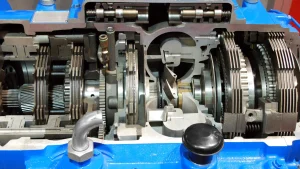
Avoiding Common Mistakes That Damage the Transmission
Transmission repairs can be costly and often stem from common driving habits that can be easily avoided. Here’s a detailed look at practices that should be avoided to maintain the health of your transmission:
- Shifting Gears While Moving: This action causes abrupt stress on the transmission’s internal components, particularly the clutch plates and gear mechanisms. When gears are forced to change direction while moving, it creates undue strain that accelerates wear and tear, leading to premature breakdowns. Shifting gears while the car is not at a complete stop disrupts the transmission fluid’s ability to properly lubricate, increasing the risk of overheating. The best practice is to always bring the vehicle to a complete stop before making any directional gear changes.
- Neglecting Fluid Levels: Transmission fluid serves multiple critical functions, including lubrication, cooling, and hydraulic power transmission. When fluid levels drop too low, the transmission can overheat, leading to increased friction and accelerated wear on its internal components. Old or contaminated fluid loses its effectiveness, resulting in sluggish gear shifts and possible transmission failure. Checking the fluid regularly and ensuring it is clean and at the proper level is essential for maintaining transmission health. Manufacturers provide specific guidelines on fluid replacement intervals, so following these recommendations helps prevent unnecessary damage. If you notice a burnt smell or discoloration in the fluid, it’s a sign that a change is needed.
- Towing Beyond Capacity: Exceeding your vehicle’s designated towing capacity is one of the fastest ways to damage the transmission. Towing heavy loads forces the transmission to work harder than designed, generating excess heat that can break down the transmission fluid and reduce its lubricating properties. Over time, this excessive strain can lead to overheating, internal component failure, and even complete transmission breakdown. To avoid this, always check the manufacturer’s towing recommendations and never exceed the weight limit. If frequent towing is necessary, consider installing an auxiliary transmission cooler to help regulate temperature. Proper towing practices protect your transmission and enhance overall vehicle safety and performance.
- Using Incorrect Fluid: Not all transmission fluids are the same, and using the wrong type can lead to significant problems. Each vehicle requires a specific fluid formulated to meet its transmission’s needs, including viscosity and frictional properties. Using the incorrect fluid can cause improper lubrication, leading to increased wear on gears and seals. Always consult your owner’s manual or a certified mechanic to ensure you are using the right type of fluid. If you ever need a fluid change, ensure that a compatible and manufacturer-approved fluid is used to avoid costly damage. A simple mistake in fluid selection can severely affect the transmission’s longevity.
- Ignoring Warning Signs: Symptoms such as rough or delayed shifting, unusual noises, leaking fluid, or a burning smell indicate potential transmission issues. Addressing these signs early can prevent more significant and expensive problems down the line. If you notice any of these warning signs, have your transmission inspected by a professional as soon as possible. Regular maintenance and timely repairs can prevent minor issues from escalating into complete transmission failure. Staying attentive to your vehicle’s performance ensures that small transmission problems don’t turn into costly repairs.
Avoiding these common transmission-damaging mistakes is key to maintaining your vehicle’s reliability. Preventative maintenance and awareness are the best ways to avoid unexpected breakdowns and expensive auto transmission repair bills, ensuring smooth operation for years to come.
Transitioning Between Gears Safely
Transitioning between gears in adverse weather conditions or on varying terrains requires attention to detail to avoid damaging the transmission. For instance, shifting to Low can provide better control in snowy or muddy conditions. Conversely, in normal road conditions, using Drive is sufficient for safe and efficient travel. You can enhance vehicle stability and transmission longevity by adapting gear use to specific driving situations.
Troubleshooting Gear Selector Issues and Repairs
Common Problems with the Gear Selector System
Common symptoms include difficulty in shifting gears, the selector sticking between positions, or the car failing to respond accurately to the chosen gear. These problems may arise from a misalignment or malfunction within the linkage or electronic system controlling the gear selector. Regular wear and tear can also contribute to these issues, particularly in older vehicles with significant mileage. Prompt diagnosis and repair are crucial to ensure safe vehicle operation and to prevent further damage to the transmission system.
How an Automatic Transmission Specialist Diagnoses Issues
This process typically involves scanning the vehicle’s computer system for error codes, conducting performance tests, and visually inspecting components for physical damage. Specialists may also perform fluid checks to assess levels and quality, which can indicate internal issues if the fluid is dirty or burnt. A thorough approach ensures that all potential problems are addressed, restoring the transmission to optimal function.
Future Trends in Automatic Gear Shifting Systems
Future systems are expected to predictively change gears based on road conditions and driving habits, further optimizing fuel efficiency and engine performance. As autonomous driving technology advances, the traditional gear selector may become obsolete, replaced by fully automated systems that handle all aspects of vehicle operation without driver input.
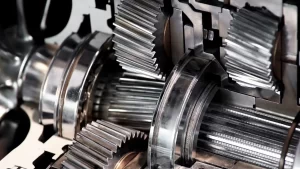
Understanding gear selectors is crucial for anyone who drives or plans to drive an automatic vehicle. This knowledge not only aids in proper vehicle operation but also enhances safety by ensuring drivers use the correct gear for the appropriate situations. By being informed about what each gear position does, drivers can prevent mechanical issues and reduce wear on the gear shift automatic, leading to a smoother driving experience and longer vehicle lifespan. Furthermore, familiarity with these settings empowers drivers, giving them confidence and control over their vehicles in various driving conditions.
Follow a maintenance program
Ante gravida id aenean quis egestas risus nam amet nullam leo diam diam aliquam eu eu malesuada arcu rhoncus suspendisse nulla mattis ut amet sagittis in justo egestas.

search for a trusted mechanic
Lorem ipsum dolor sit amet, consectetur adipiscing elit lobortis arcu enim urna adipiscing praesent velit viverra sit semper lorem eu cursus vel hendrerit elementum morbi curabitur etiam nibh justo, lorem aliquet donec sed sit mi dignissim at ante massa mattis.
- Neque sodales ut etiam sit amet nisl purus non tellus orci ac auctor
- Adipiscing elit ut aliquam purus sit amet viverra suspendisse potent
- Mauris commodo quis imperdiet massa tincidunt nunc pulvinar
- Excepteur sint occaecat cupidatat non proident sunt in culpa qui officia
Check the air pressure in your tires
Vitae congue eu consequat ac felis placerat vestibulum lectus mauris ultrices cursus sit amet dictum sit amet justo donec enim diam porttitor lacus luctus accumsan tortor posuere praesent tristique magna sit amet purus gravida quis blandit turpis.
Review your suspension frequently
At risus viverra adipiscing at in tellus integer feugiat nisl pretium fusce id velit ut tortor sagittis orci a scelerisque purus semper eget at lectus urna duis convallis. porta nibh venenatis cras sed felis eget neque laoreet suspendisse interdum consectetur libero id faucibus nisl donec pretium vulputate sapien nec sagittis aliquam nunc lobortis mattis aliquam faucibus purus in.
- Neque sodales ut etiam sit amet nisl purus non tellus orci ac auctor
- Adipiscing elit ut aliquam purus sit amet viverra suspendisse potent
- Mauris commodo quis imperdiet massa tincidunt nunc pulvinar
- Excepteur sint occaecat cupidatat non proident sunt in culpa qui officia
Service your vehicle as regularly as posible
At risus viverra adipiscing at in tellus integer feugiat nisl pretium fusce id velit ut tortor sagittis orci a scelerisque purus semper eget at lectus urna duis convallis. porta nibh venenatis cras sed felis eget neque laoreet suspendisse interdum consectetur libero id faucibus nisl donec pretium vulputate sapien nec sagittis aliquam nunc lobortis mattis aliquam faucibus purus in.
“Nisi quis eleifend quam adipiscing vitae aliquet bibendum enim facilisis gravida neque velit euismod in pellentesque”
Conclusion
Eget lorem dolor sed viverra ipsum nunc aliquet bibendum felis donec et odio pellentesque diam volutpat commodo sed egestas aliquam sem fringilla ut morbi tincidunt augue interdum velit euismod eu tincidunt tortor aliquam nulla facilisi aenean sed adipiscing diam donec adipiscing ut lectus arcu bibendum at varius vel pharetra nibh venenatis cras sed felis eget.

